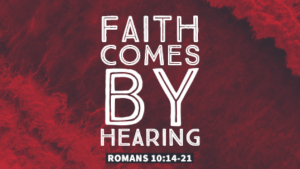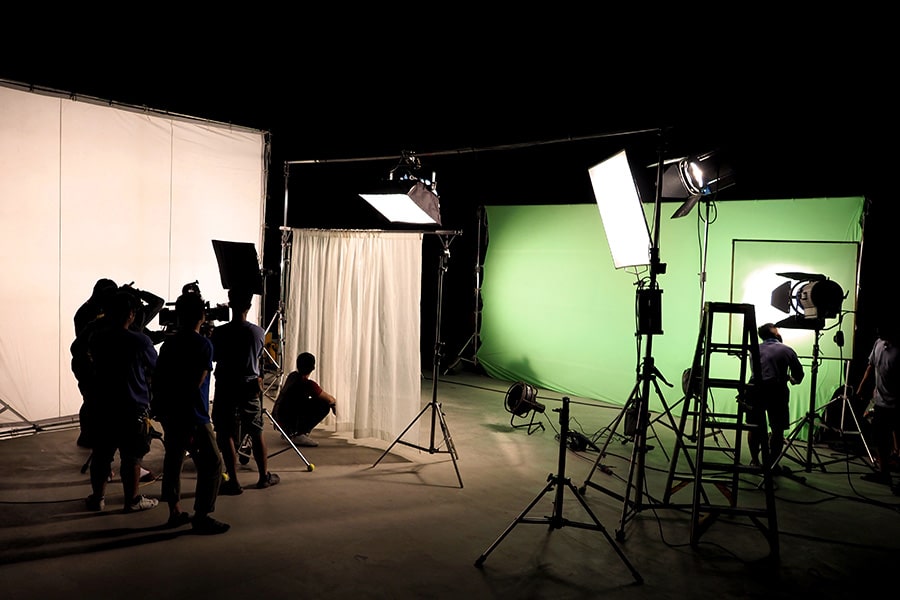One of the great advantages of radio over tv when it comes to local advertising, is the reduced cost and complexity of production.
Quality production for TV ads easily costs low to mid five figures.
Granted, you can record multiple ads within that span, but even spread out, you’re talking at least $5K, if not $10K per ad.
And even then, people will tend to judge your ad against national ads produced for hundreds of thousands if not millions of dollars.
 Radio production on the other hand, rarely exceeds $600 per ad, and often comes in considerably less than that. An investment that gets you national-quality radio production, by the way.
Radio production on the other hand, rarely exceeds $600 per ad, and often comes in considerably less than that. An investment that gets you national-quality radio production, by the way.
And then there’s the vast expense difference between special effects versus sound effects.
These are just some of the reasons so many local TV ads end up being “talking head radio,” showing the business owner standing in front of or inside his store, talking to the listener, usually doing a “yell and sell” approach.
They pay for the added power of visuals on top of audio, but end up wasting the power of both the visuals and the audio.
So those are some of the reasons why radio simplifies things.
But often, other factors dictate the use of video:
- You’re geographically thin-slicing an area via cable TV.
- You’re client is already on TV and wishes to remain on TV
- You wish to do Facebook advertising and want to use video rather than still imagery
- You desire video for your website
- etc.
How, then, do you create compelling video without breaking the bank on production?
Well, there’s undoubtedly more than one way to work this problem, but my go-to method has been to flip the script on TV production.
Instead of worrying about visuals first, and using the audio to punctuate the visuals, figure out the soundtrack first, and then figure out the best low-cost visuals to compliment that sound track.
Motel 6 is a master of this. Justly famous for their radio ads with Tom Bodett, Motel 6 has made some fantastic TV ads over the years, with many of them being, basically, a radio with a few low-cost visuals thrown in. Check ‘em out:
Another great example of this technique is Dodge’s Super Bowl ad, featuring Paul Harvey’s “So God made a farmer” monologue, paired with evocative still photos.
Now, because this is a Super Bowl spot for Dodge, you can be sure that this wasn’t done “on the cheap” — hence all the cool visual effects done to the “still photos.”
But the technique is the same: lead with the audio, and use relatively low- cost visuals to accompany the sound.
Low cost visuals can include:
- Still photos
- 2D Animation
- Motion Graphics
- Kinetic Typography
- Maps
- Low-Fi Video of Testimonials
And as you’ve seen with the Dodge ad, these tricks and techniques aren’t relegated to those with limited production budgets.
Plenty of iconic national brands have put them to use to great effect. Check out this kinetic typography ad from Coca Cola:
Or these from Starbucks and Ikea, respectively:
So if you need to produce quality persuasive video content on the cheap, this is my go-to technique for solving that problem.
And if you’d like help putting this technique to work, give me a shout.
- Are You Paying for Too Much for the Wrong Keywords? - July 15, 2024
- Dominate Your Market Like Rolex — 4 Powerful Branding Lessons - July 3, 2024
- Military-Grade Persuasion for Your Branding - June 25, 2024

